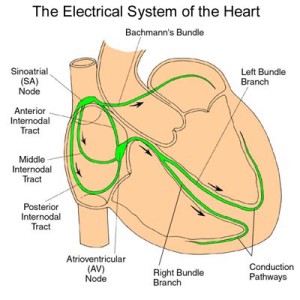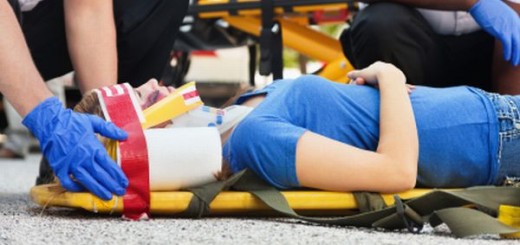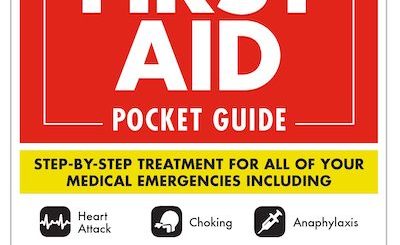A guide to heart rhythms for first aiders
Our heart is controlled by electrical activity which allows it to pump in a co-ordinated way. A disturbance in the normal electrical activity is known as an arrhythmia.
Arrhythmias can cause the heart to stop pumping blood around the body – a cardiac arrest.
Defibrillation is the most effective method of reverting the heart to its normal rhythm by delivering an electric shock to the heart using a defibrillator.
Defibrillators are designed to detect and treat life threatening arrhythmias, such as ventricular tachycardia (VT) and ventricular fibrillation (VF).
First aiders do not need experience in rhythm recognition as AEDs are fully automated. Normal sinus rhythm and some common arrhythmias are shown below. Some defibrillators have a display screen and manual override function for use by trained health professionals.
Sinus rhythm
Sinus rhythm is the normal rhythm of a healthy heart. The AED will not recommend, or allow, a shock if a normal sinus rhythm is detected.
Ventricular Tachycardia
Ventricular tachycardia (VT) is a fast heart rhythm that originates in one of the ventricles of the heart. A VT heart rate will vary between 100-200 beats per minute. Ventricular tachycardia can be life threatening, because it may lead to ventricular fibrillation and cardiac arrest (asystole).
Ventricular Fibrillation
Ventricular fibrillation (VF) is an abnormal, irregular heart rhythm with very rapid uncoordinated fluttering contractions of the ventricles of the heart. VF may be one of the signs of a ‘heart attack’, more properly known as a myocardial infarction, i.e. death of muscle cells from lack of blood supply. This is a life threatening arrhythmia that results in collapse with cardiac arrest.
Asystole
Asystole is a life threatening cardiac condition characterised by the absence of electrical and mechanical activity in the heart. CPR and advanced medical care is the only treatment. The AED will not recommend a shock if asystole is detected.










